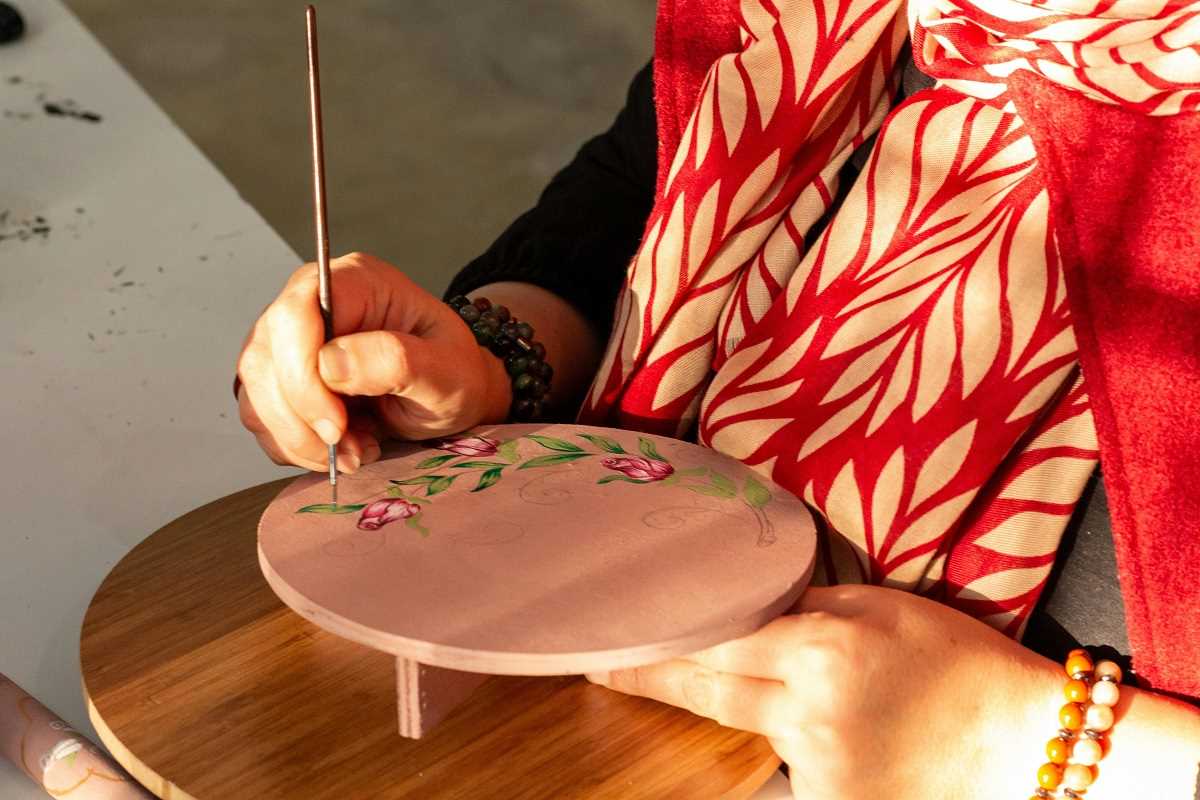People form lasting bonds through the stories they share, as these tales reach across generations and distant lands. Indigenous storytelling reveals the richness of traditions that have grown and changed over hundreds of years. During cultural festivals, narratives pass from elders and artists to listeners, filling the air with legends that reflect the heart of their communities. Each storyteller draws from lived experiences and ancestral knowledge, offering more than entertainment; they provide a deeper appreciation for the values and beliefs that shape their way of life. Listening to these stories helps us see the world through new eyes and encourages respect for cultures different from our own.
Attending these festivals provides an opportunity to step into worlds where every tale carries a history, a lesson, or a spiritual truth. Each narrative invites us to see life through different lenses and to appreciate the shared human experience through the art of storytelling.
The Significance of Indigenous Storytelling
Indigenous storytelling preserves customs and traditions that might otherwise fade with time. These stories reveal the wisdom of ancestors, painting vivid images of natural landscapes, heroic journeys, and the delicate balance between humanity and nature. They serve as cultural blueprints, guiding communities in their rituals, ethics, and relationships with the land.
Highlighting its impact, consider the following aspects:
- A deep-rooted connection to land and environment
- Historical accounts that keep ancestral memories alive
- Social cohesion through shared values and traditions
- Spiritual narratives that nurture community identity
Each bullet point stands as a testament to the profound influence of these oral traditions on society and cultural evolution.
Festival Highlights: Celebrating Indigenous Voices Worldwide
Cultural festivals around the globe have become vibrant platforms where indigenous voices take center stage. These events not only entertain but also educate and inspire visitors from all walks of life. They celebrate the artistry behind age-old traditions and contemporary reinterpretations, showcasing a spectrum of creativity that spans continents.
Explore a few notable festivals that illustrate this celebration:
- The Native Heritage Gathering in Santa Fe, USA, where dance, music, and oral history merge in a colorful display of tradition.
- The Aboriginal Cultural Carnival in Australia, highlighting indigenous art forms and storytelling that keep ancient customs vibrant.
- The First Nations Festival in Canada, a gathering that blends traditional wisdom with modern creativity.
- The Māori Cultural Festival in New Zealand, offering immersive experiences that bring indigenous myths and legends to life.
Traditional vs. Contemporary Storytelling Forms
Traditional storytelling relies on the spoken word, rhythmic recitations, and even song to pass down legends, moral lessons, and historical accounts. Elders share these tales in intimate circles, ensuring that every generation absorbs the subtleties and nuances of their cultural identity. The oral tradition enhances personal connections between the storyteller and the listener, making each encounter a unique, immersive experience.
Contemporary storytelling, while rooted in tradition, takes on new forms by incorporating digital media, theater, and art installations. Modern storytellers embrace technology to record and share their narratives with wider audiences. This blend not only preserves the stories but also adapts them to resonate with today’s audience, creating opportunities for cultural exchange and innovation.
Connecting with Indigenous Communities Through Festivals
Festival settings offer more than just performances. They create spaces where visitors can meet community leaders, participate in hands-on workshops, and immerse themselves in the daily practices that bring these stories to life. This connection transcends language and background, allowing people to gain direct insights into indigenous lifestyles and rituals. Engaging in conversation and dialogue at these events transforms a casual visit into an enlightening cultural journey.
These gatherings encourage meaningful interactions. Attendees often find themselves welcomed into discussions about ancestral beliefs and community values. The open atmosphere lets traditions come alive, and every shared smile or story builds a bridge of understanding between diverse cultures.
Tips for Respectful Participation and Appreciation
Engaging with indigenous storytelling requires a mindset of respect and gratitude. Festivals offer immersive experiences but also demand cultural sensitivity. Enter these events with an open heart, ready to listen and learn. Small adjustments can make your participation richer and more rewarding, deepening the connection with the hosts and their traditions.
Keep in mind these practical tips:
- Research the cultural context of the stories before attending to show respect.
- Show genuine interest by asking thoughtful questions and listening attentively.
- Wear appropriate attire that respects local customs.
- Be punctual and polite during guided sessions or community discussions.
- Avoid capturing sensitive moments with photography unless you receive explicit permission.
Festival narratives, performances, and community warmth reveal the heart of indigenous heritage. These stories deepen our appreciation for human diversity.
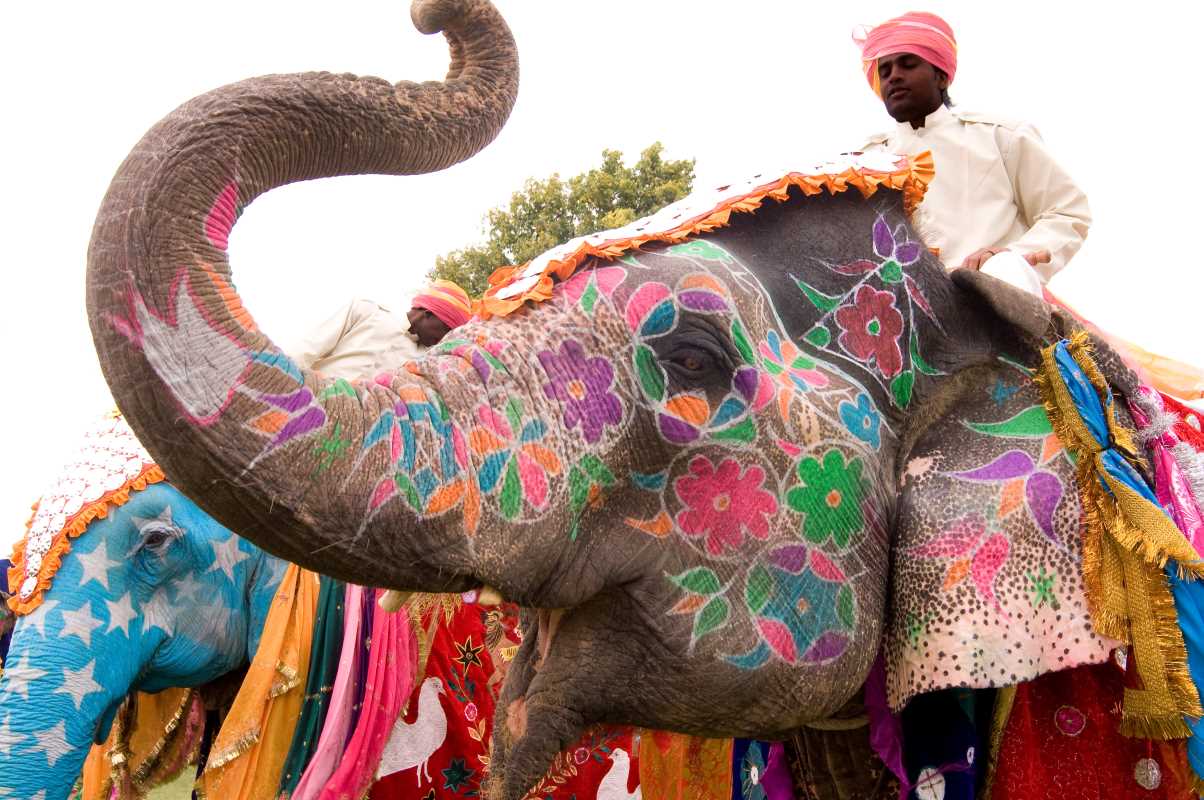

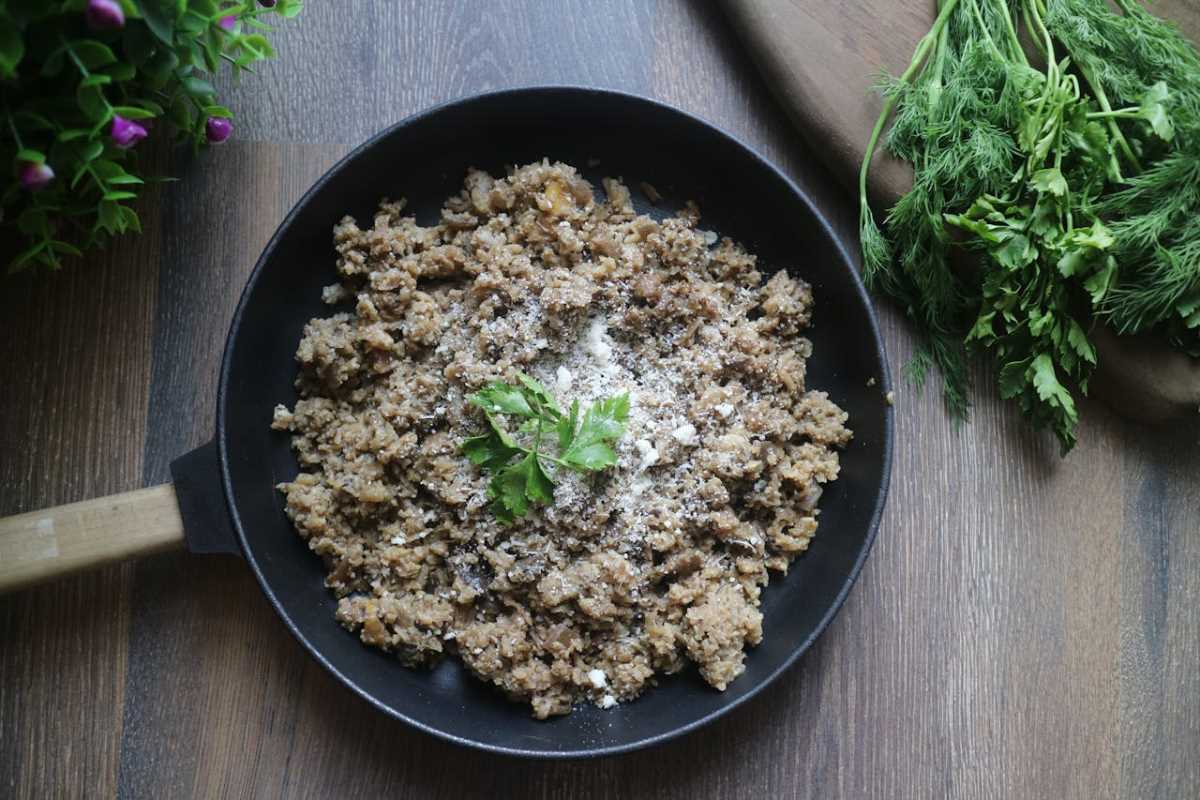
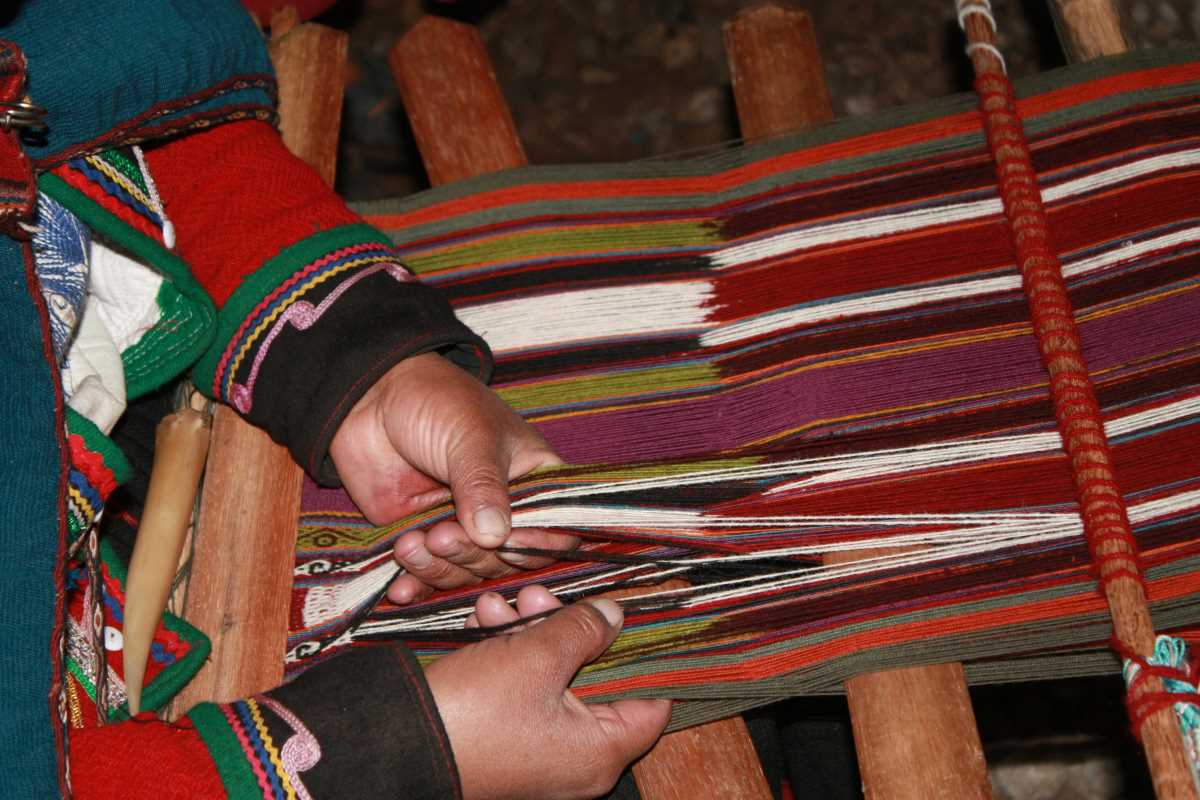
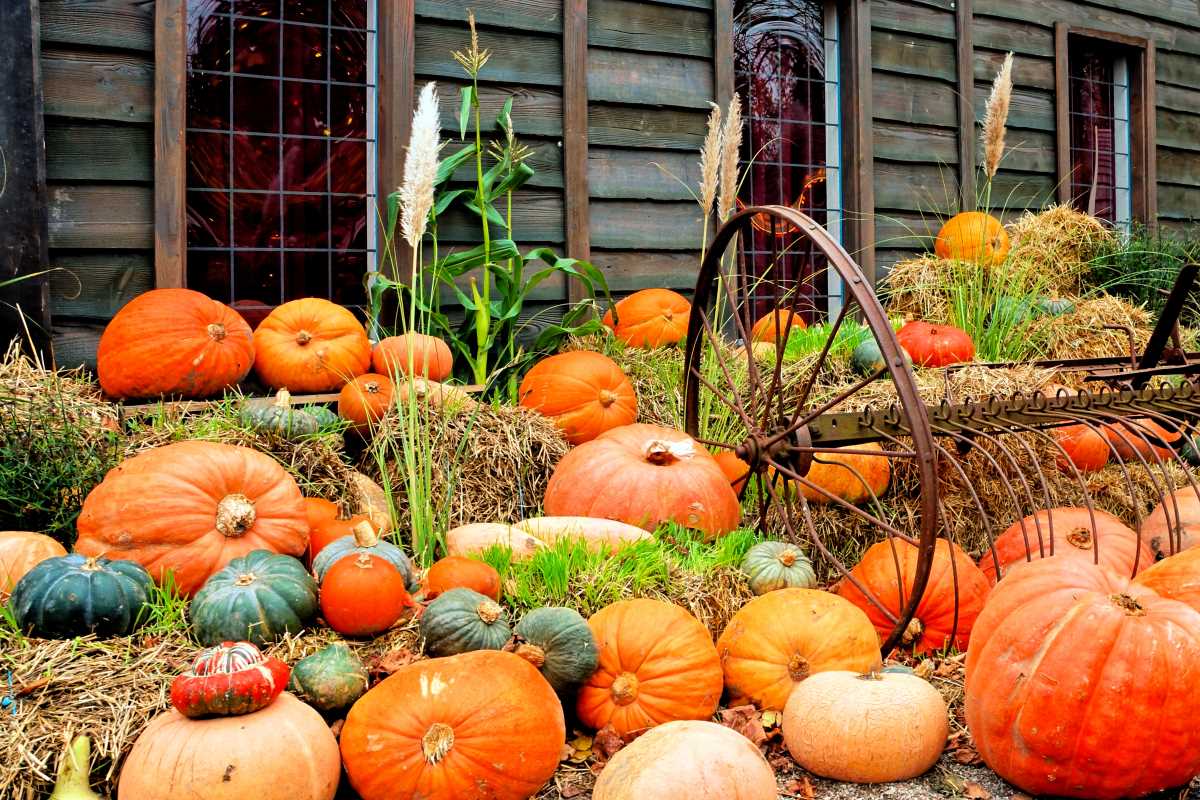
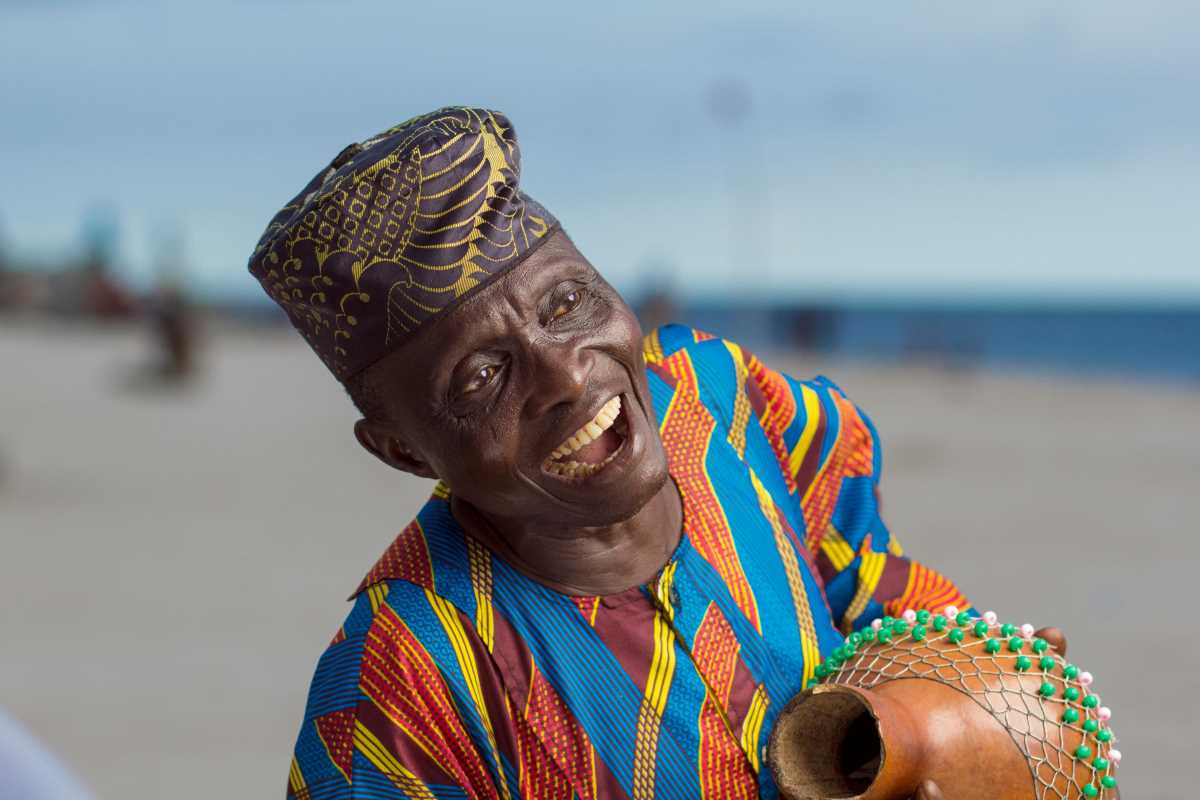
.jpg)
